Russell is Assistant Professor in the Department of Music at the University of California, Santa Cruz (UCSC). He received his Ph.D in Anthropology from UCSC, an MA from Stanford University and a BA from Santa Clara University. Trained as a cultural anthropologist and with over forty years of experience as a working musician in a transnational Mexicano and Chicano arts world, his research interests focus on Greater Mexico, expressive culture, cultural production, popular culture, transnational migration, poetics of the border, performance and aesthetics.
Russell is an accomplished musician and dancer specializing in performance styles of huasteca, jarocho, mariachi, and other traditional music forms of Mexico. Russell started dancing folklorico as a child with Los Mestizos and later, with Los Lupeños. By the age of 10 he began playing traditional forms of Mexican music apprenticing and performing with some of the finest traditional musician son both sides of the U.S.-Mexico border. He has acquired a deep and intimate knowledge of Mexican cultural practices and has established a transnational professional network with internationally acclaimed master dance teachers, musicians, and scholars both in Mexico and the United States.
Russell has worked in various capacities for the Smithsonian Institution as a researcher, annotator, and producer for the Folkways Recordings, and as a co-curator for the Nuestra Música: Music in Latino Culture Program for Folklife and Cultural Heritage American Festival. He co-compiled, annotated, and produced the Smithsonian Folkway’s Recording compilation, Rolas de Aztlán: Songs of the Chicano Movement, which featured artists and ensembles such as Agustín Lira, Daniel Valdez, Flor del Pueblo, Los Alacranes Mojados, and Los Lobos del Este de Los Angeles. In December 2018, he curated a presentation, entitled, “The Sounds of California: Mayfair” as an employee for the Alliance for California Traditional Arts (ACTA). As a composer and performer, Rodríguez worked as the musical director for the Teatro Vision in San Jose, California, a theater company rooted in the Chicanx and Latinx experience. There he contributed to the musical production for the theatrical piece La Muerte Baila, and created two scores of original work, including that for the play Macario, based on B. Traven’s novella and an original bilingual script for a theatrical play entitled La Departera, that premiered in October 2018.
Both an innovative scholar and gifted musician, Russell contributed enormously to Danza Folkloríca Escénica: El Sello Artistico de Rafael Zamarripa. As assistant producer, he participated in the multi-sited field research and shoots, conducted on-site interviews, attended folklórico gathering in the United States and Mexico. Given his expertise in production, recording, composition, and performance, Russell served as musical director and sound designer. Russell handled everything from selecting the musicians, engineering recording sessions, and composing several pieces for the film. In fact, the theme song for the film, Son del Barrio, recorded by Los Otros, is one of Russell’s original compositions. He also worked extensively on editing filmed narratives, creating voiceover narrations and contributing to all the final sound mix sessions.
In 2007, he was awarded a University of California President's Postdoctoral Fellow to work with George Lipsitzat the University of California at Santa Barbara. Russell Rodriguez was honored with the 2019-20 Excellence in Teaching Award at the University of California, Santa Cruz.
Russell has published various articles and is currently completing his book, Mariachi: Performing the Soundscape of Greater Mexico, on the transnational performance and practice of mariachi that offers a nuanced understanding of aesthetics and politics utilized as discourse. Through his discussion of cultural and political dynamics among the participants of both sides of the border he illustrates how practitioners connect to a transnational network of musicians establishing different types of investment and positioning within this cultural practice.
Russell C. Rodríguez
April 5, 2011
My first interaction with Maestro Zamarripa was in 1975 when he came to teach at the Asociación Nacional de Grupos Folklóricos in San Jose, California. Even though I was a naïve 12 year old with only three years experience dancing, he left a deep impression as a teacher and as a very generous man. Since then I have attended workshops in the United States and Mexico taught by Zamarripa, who was consistently encouraging to me and others to invest in the practice of folklórico dance and me personally to take serious my engagement with Mexican folk music.
The aural vision for this documentary project was obvious. “Traditional” Mexican folk music offers a wonderful diversity of moods and sentiments that provide the most appropriate soundscape in this telling of folklórico dance history through Zamarripa’s perspective. In this project I have had the wonderful opportunity to work with many inspirational musicians who have influenced my knowledge on Mexican expressive culture in the same manner that Maestro Zamarripa has. People like Artemio Posadas, Ramón Gutiérrez Hernández, and Juan Reyes Rodríguez, along with many other Mexicana/o and Chicana/o musicians, have taught me many things about Mexican folklore and music in general. I am grateful to all those who have contributed to the interpretations of sones, jarabes and other forms of music that inform this documentary.
Along with traditional selections, original music by Ramón Gutiérrez, Juan Reyes, Sergio Gutiérrez, Chris González Clarke, and myself were integrated to establish different ambiances for this story.
What a pleasure to have so many talented musicians--such as Juan Jose Diaz, Juanito Diaz, Abigail Torres, local mariacheros from the San Jose Area; master harpist Sergio Alonso of the famed Mariachi Los Camperos de Nati Cano, who provided various tracks and variations of the theme song Polino Guerrero; blues artist Hook Herrera on the harmonica --come over to my home and record on various selection. Juan Reyes, who in addition to sharing original compositions also provided some exciting arrangements for us to use. While I truly enjoyed recording Mexican folk music, it was a welcomed challenge to write the piece La Tormenta, with Chris González Clarke, to represent the Chicano Movement of the 1970s. The music of groups like Malo, Sapo, Azteca, El Chicano, and of Santana fulfilled a needed sense of representation for Latinos within the mainstream. They left an important sonic legacy that we tried to emulate in this original piece. The other thematic selection Son del Barrio was an intentional hybrid that I wrote in the late 1990s while working with the Chicano band Los Otros. At this time I was developing a relationship with popular rock music and stepping away from performing Mexican folk music. The song represents this transition of knowledge, which brings the two styles of music together as a son mariachera played with a lead electric guitar.
The experience of working on a project so close to my heart with my mentor Olga Nájera-Ramírez, and with Marc Ramos and Bob Gliner was truly educational and pleasurable. I believe offers a glimpse of what we experienced as folklóricos and why folklórico matters.
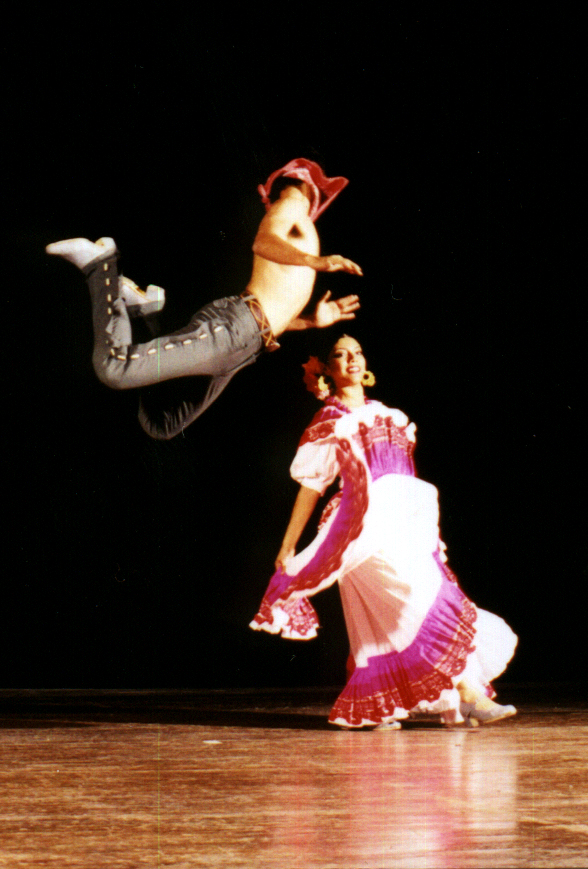
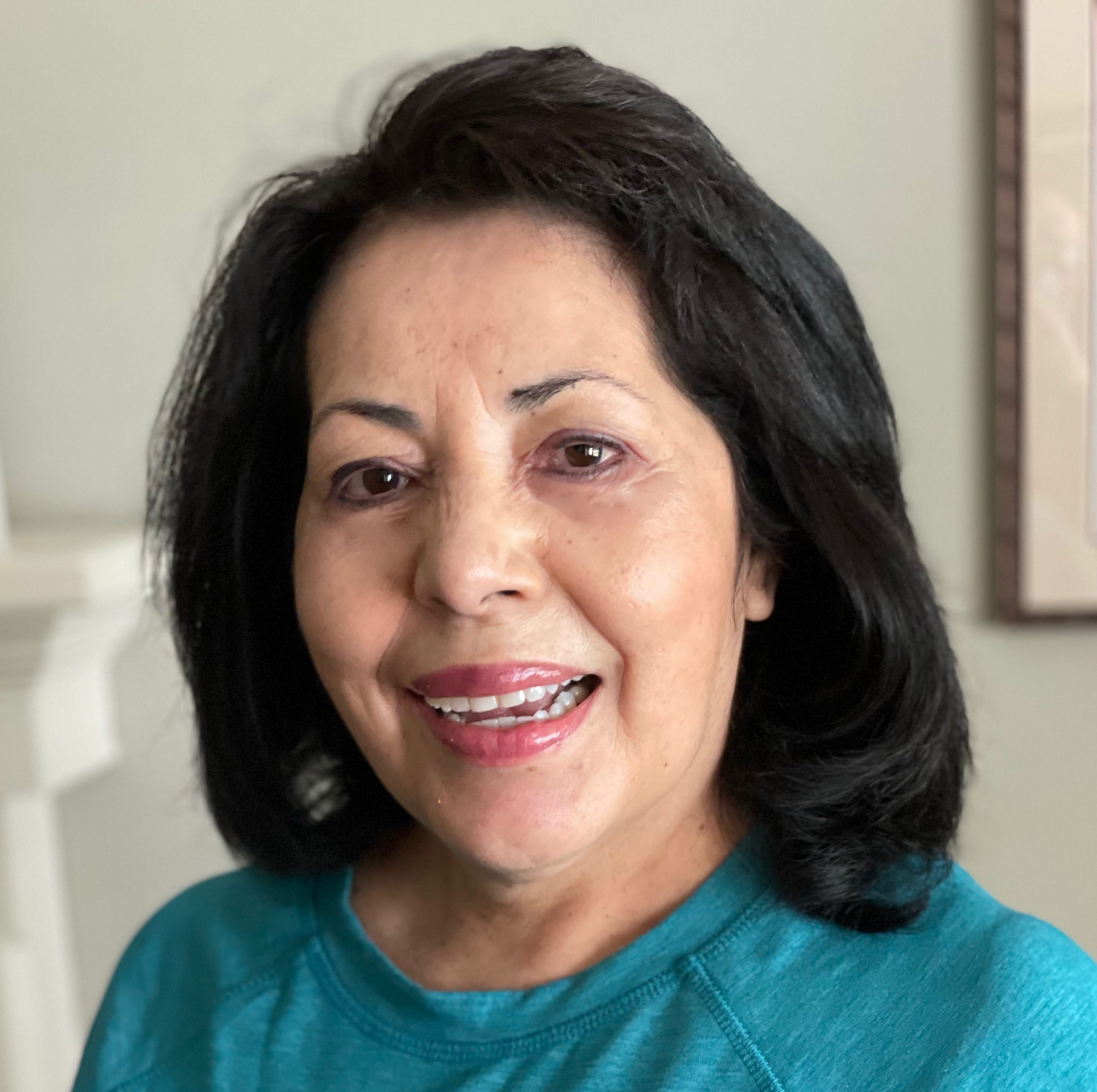

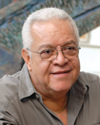
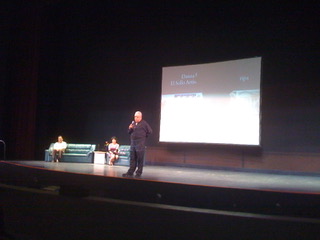
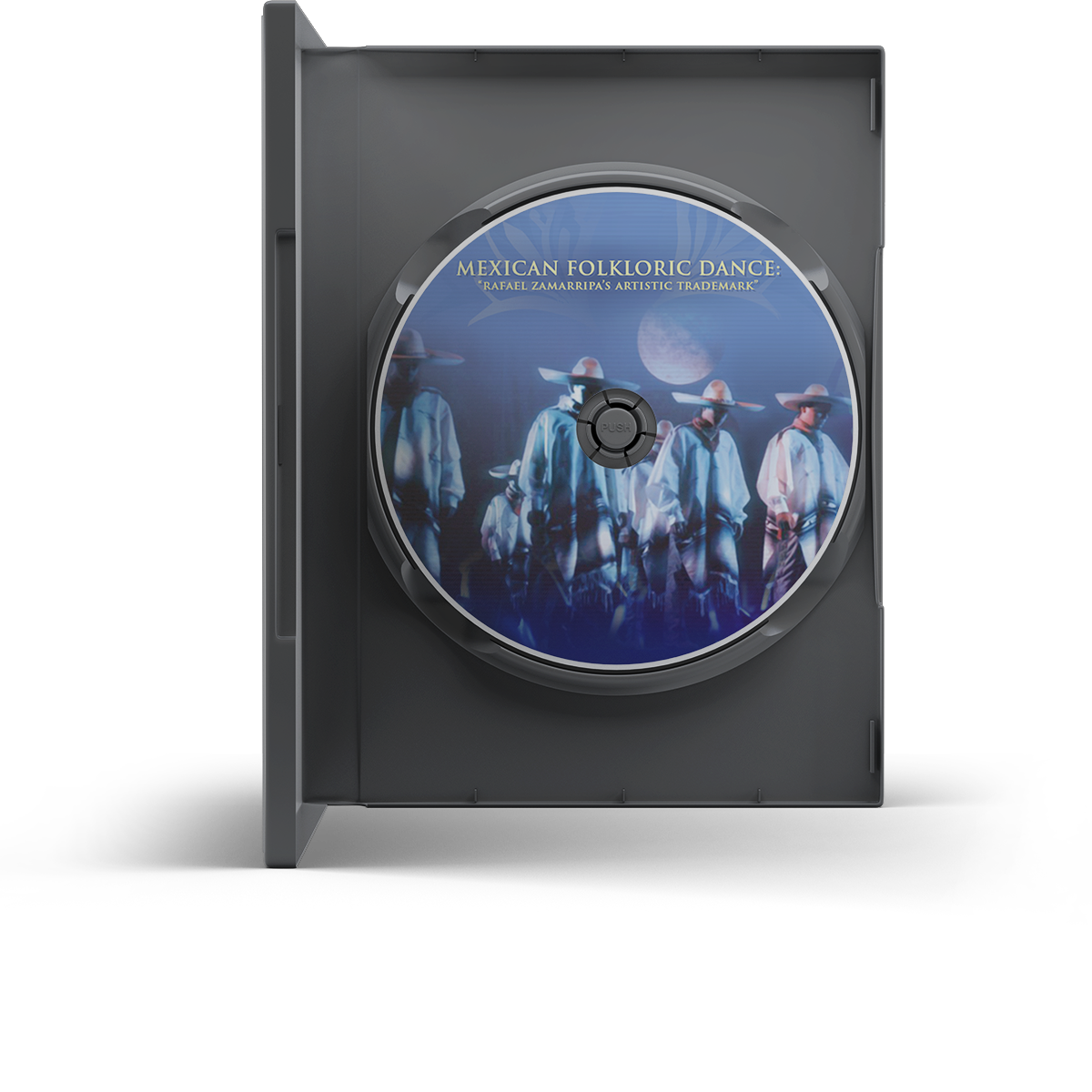





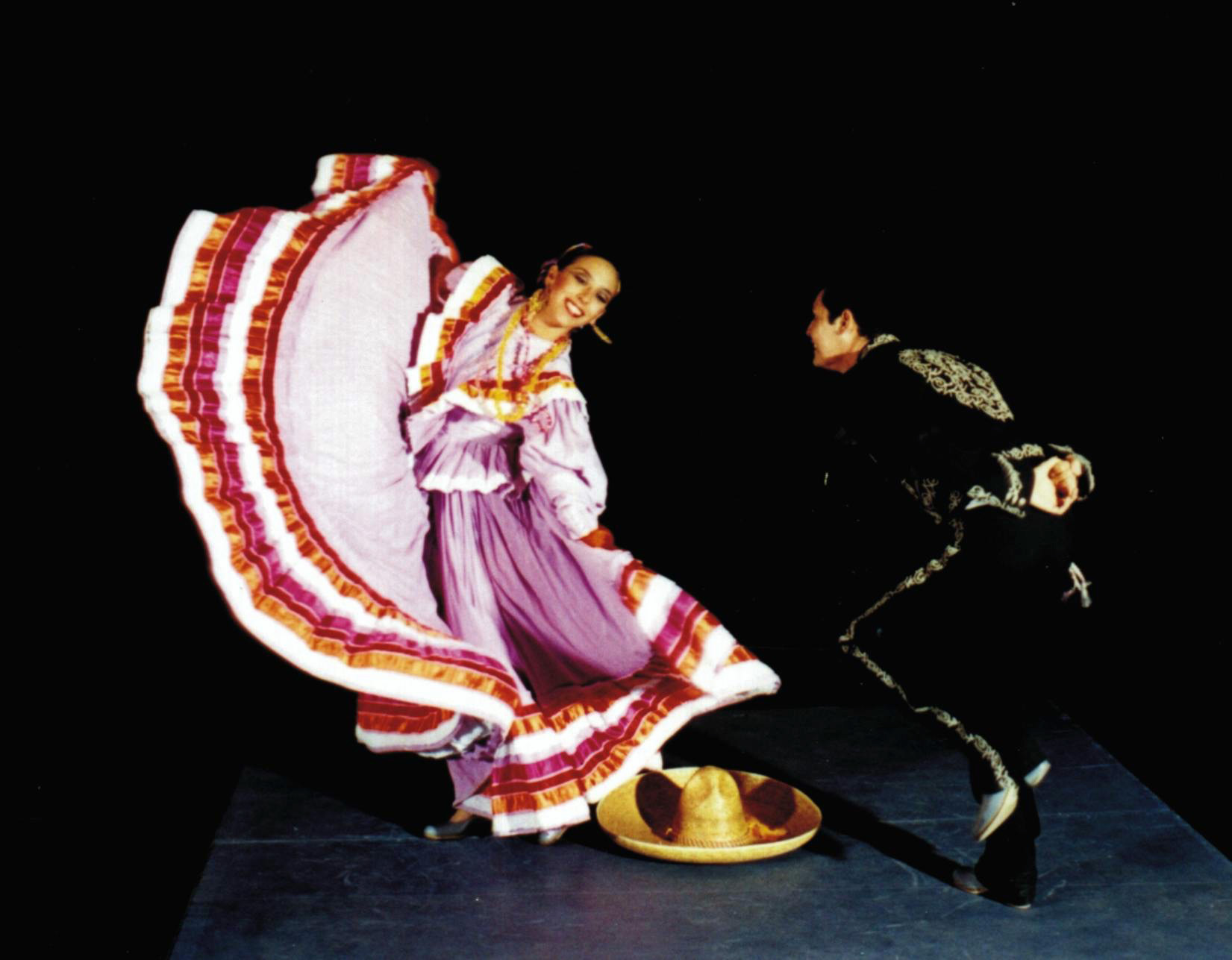

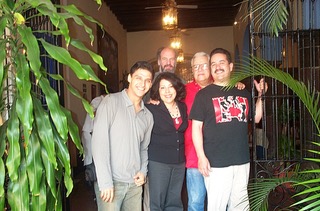
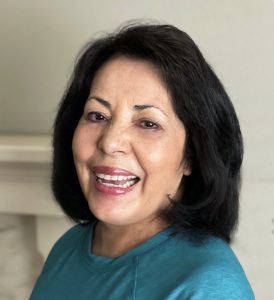 Olga Nájera-Ramirez is Professor Emeritus of Anthropology at the University of California, Santa Cruz. As an undergraduate at the University of California, Santa Cruz, Nájera-Ramírez danced with Grupo Folklórico Los Mejicas which galvanized a lifelong interest in conducting research on the dance and cultural traditions of Mexico. She earned a dual degree in History and Latin American Studies from UC Santa Cruz in 1977. Nájera-Ramírez's involvement with Los Mejicas during her undergraduate career in 1976 gave her the opportunity to meet Rafael Zamarripa, an internationally acclaimed folklórico master dance teacher and choreographer, at a folklórico dance conference in Colorado. She subsequently spent three years at the Universidad de Guadalajara studying dance and participating in Grupo Folklórico de la Universidad de Guadalajara. She returned to the U.S. to pursue graduate studies at the University of Texas in Austin. She attained her MA in Latin American Studiesfrom the University of Texas in 1983. In 1987, Najera-Ramírez earned her PhD in Anthropology from the University of Texas, with a specialization in folklore.
Olga Nájera-Ramirez is Professor Emeritus of Anthropology at the University of California, Santa Cruz. As an undergraduate at the University of California, Santa Cruz, Nájera-Ramírez danced with Grupo Folklórico Los Mejicas which galvanized a lifelong interest in conducting research on the dance and cultural traditions of Mexico. She earned a dual degree in History and Latin American Studies from UC Santa Cruz in 1977. Nájera-Ramírez's involvement with Los Mejicas during her undergraduate career in 1976 gave her the opportunity to meet Rafael Zamarripa, an internationally acclaimed folklórico master dance teacher and choreographer, at a folklórico dance conference in Colorado. She subsequently spent three years at the Universidad de Guadalajara studying dance and participating in Grupo Folklórico de la Universidad de Guadalajara. She returned to the U.S. to pursue graduate studies at the University of Texas in Austin. She attained her MA in Latin American Studiesfrom the University of Texas in 1983. In 1987, Najera-Ramírez earned her PhD in Anthropology from the University of Texas, with a specialization in folklore.